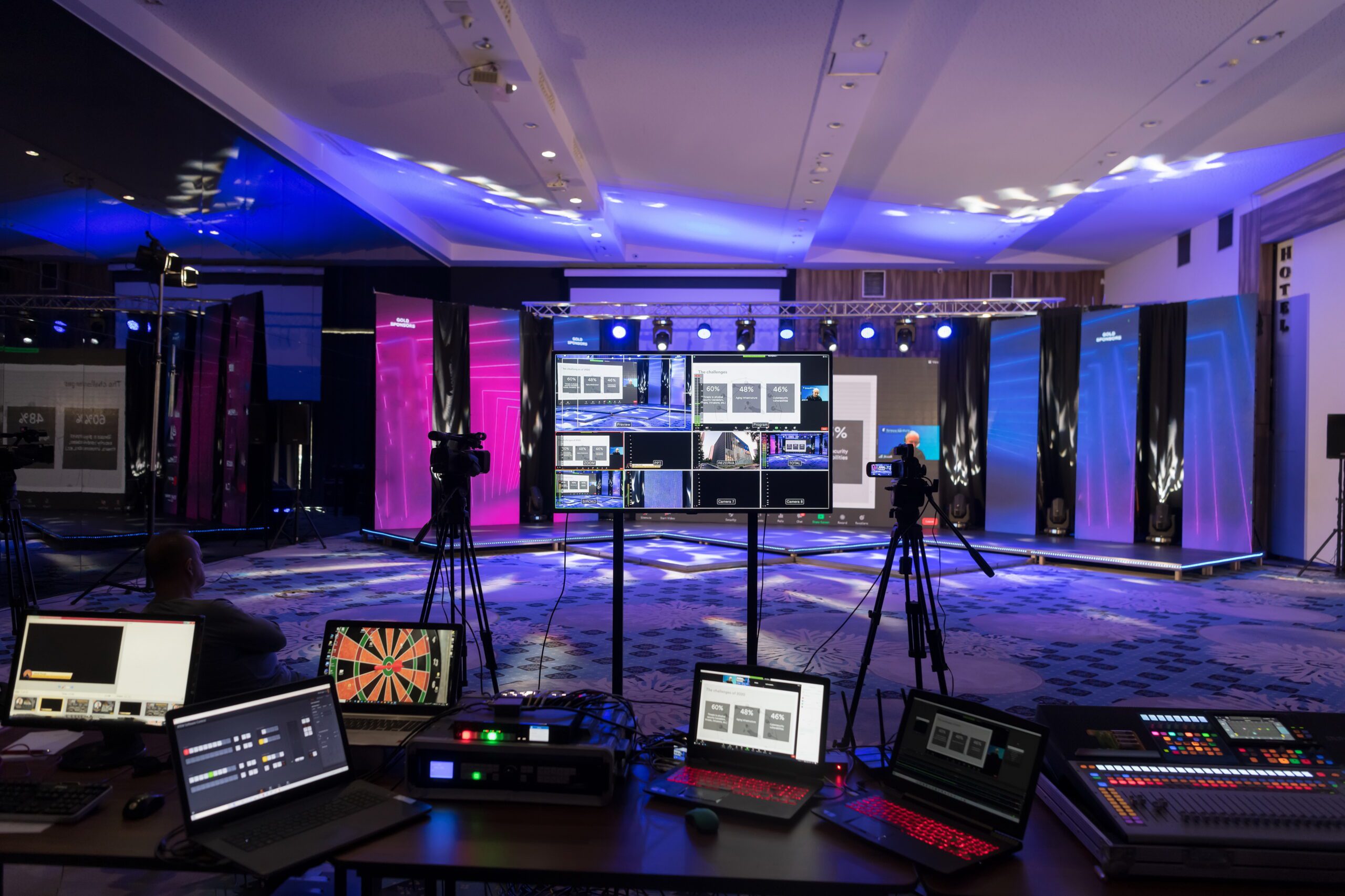Setting Up Church Live Streaming: Step-by-Step Guide
A well-organized church live streaming setup allows churches to engage their congregation online and extend their ministry to a broader audience. Whether it’s for members unable to attend in person or to reach new viewers, live streaming is an essential tool in today’s digital age. However, setting up live streaming might seem overwhelming at first. By following a structured approach, you can create a smooth and professional experience for your viewers.
This step-by-step guide will walk you through the essential components of a church live streaming setup, from selecting the right platform and equipment to ensuring a seamless broadcast.
Step 1: Choose Your Streaming Platform
The first step in your church live streaming setup is selecting the platform where you will broadcast your services. There are several options available, and your choice will depend on your church’s audience and goals.
Popular Options:
- YouTube: Ideal for churches looking to archive services and sermons while reaching a wide audience. It’s a reliable, free option with easy integration into websites.
- Facebook Live: Perfect for community engagement, as members can interact through comments and reactions during the live stream.
- Church-Specific Platforms: Platforms like Church Online or Vimeo offer more advanced features tailored to churches, such as donation tools and online giving integration.
Choosing the right platform is a crucial part of your church live streaming setup because it will determine how you interact with your audience and how accessible the service will be.
Step 2: Select the Right Equipment
A successful church live streaming setup requires the right equipment to ensure clear video and high-quality audio. Your equipment choices will depend on your budget and the quality of the broadcast you want to deliver.
1. Cameras
- Entry-Level: Smartphones or tablets can be used if you are just getting started. They offer decent quality and are easy to set up.
- Mid-Range: DSLR or mirrorless cameras offer higher-quality video for a more professional look.
- Professional: PTZ (Pan-Tilt-Zoom) cameras, which allow for remote control and multiple angle options, are ideal for larger churches looking for a more dynamic stream.
2. Microphones
Clear audio is critical for any church live streaming setup. Bad audio can turn away viewers, so it’s important to invest in good microphones.
- Basic: USB or lavalier microphones can offer affordable yet clear sound.
- Advanced: Wireless microphone systems provide flexibility and excellent audio quality, especially in larger worship spaces.
3. Audio Mixer
To ensure balanced sound during your live stream, particularly if you are capturing multiple sound sources, an audio mixer is essential.
4. Encoder
An encoder is needed to convert your video and audio into a streamable format. You can use either software encoders like OBS Studio or hardware encoders like the Blackmagic ATEM Mini.
5. Stable Internet Connection
A stable, high-speed internet connection is non-negotiable for a smooth live streaming experience. Aim for an upload speed of at least 5 Mbps for HD streaming.
Step 3: Prepare Your Streaming Environment
After gathering your equipment, the next step in your church live streaming setup is preparing the physical environment where the stream will take place.
1. Camera Placement
Position your camera to capture the most important parts of your service, such as the pastor, worship team, and the congregation. If using multiple cameras, consider varying angles to add visual interest.
2. Lighting
Good lighting ensures that your stream looks professional. Natural light can work, but softbox lights or LED panels are ideal for ensuring even lighting and a clear picture.
3. Sound Check
Always test your audio equipment and ensure that the microphone placement captures the speaker and worship clearly. Conduct a test stream to check the sound levels and overall quality.
Step 4: Set Up Your Streaming Software
Once your equipment is ready, the next phase of your church live streaming setup involves configuring your streaming software.
1. Install Streaming Software
If you’re using a software encoder like OBS Studio or vMix, install it on your computer. This software will allow you to control your stream, add overlays, and manage audio and video inputs.
2. Connect Your Camera and Microphone
Ensure your camera and microphones are connected to the computer or encoder. Test the connections to make sure the software recognizes all devices.
3. Configure Streaming Settings
Set up your preferred resolution and frame rate for the stream. If you’re streaming to YouTube or Facebook Live, you’ll need to enter your stream key to link your platform to the streaming software.
4. Run a Test Stream
Before the actual service, run a test stream to ensure everything works properly. This step will help you identify any technical issues before going live.
Step 5: Go Live
When the equipment and setup are complete, you’re ready to start streaming.
1. Begin the Stream Early
It’s a good practice to start the live stream a few minutes before the service begins. This gives viewers time to join and ensures that any last-minute issues can be resolved.
2. Monitor the Stream
Throughout the service, monitor the live stream to ensure there are no disruptions in audio, video, or internet connectivity. If using multiple cameras or microphones, switch between them for a more engaging viewing experience.
3. Engage Your Audience
Encourage interaction with your online audience by responding to comments and questions in real-time, especially if you’re using platforms like Facebook Live or YouTube.
Step 6: Post-Service Follow-Up
After the service, take a few final steps to make the most of your live stream and prepare for future broadcasts.
1. Save the Video
Most streaming platforms allow you to save the video. Upload the recorded service to your church’s website or YouTube channel for those who couldn’t watch live.
2. Review Analytics
Many streaming platforms provide analytics, such as viewer counts and engagement metrics. Reviewing these analytics can help you understand how successful your church live streaming setup is and how you can improve future streams.
3. Collect Feedback
Ask for feedback from viewers to learn what they enjoyed and what aspects could be improved in the next live stream.
Conclusion
Setting up church live streaming may seem challenging at first, but by following these steps, you can create a professional and engaging online worship experience. A successful church live streaming setup requires thoughtful preparation, the right equipment, and a solid platform to reach your congregation and beyond. By continuously refining your setup and engaging with your online audience, your church can create meaningful digital connections and expand its outreach.
In future articles, we will explore more tips on optimizing your church live streaming setup and enhancing your broadcasts for an even greater impact.
editor's pick
News via Inbox
Stay ahead in the fast-evolving world of church technology with our Newsletter! By subscribing, you will gain access to a wealth of information and resources designed to keep you informed and empowered.







